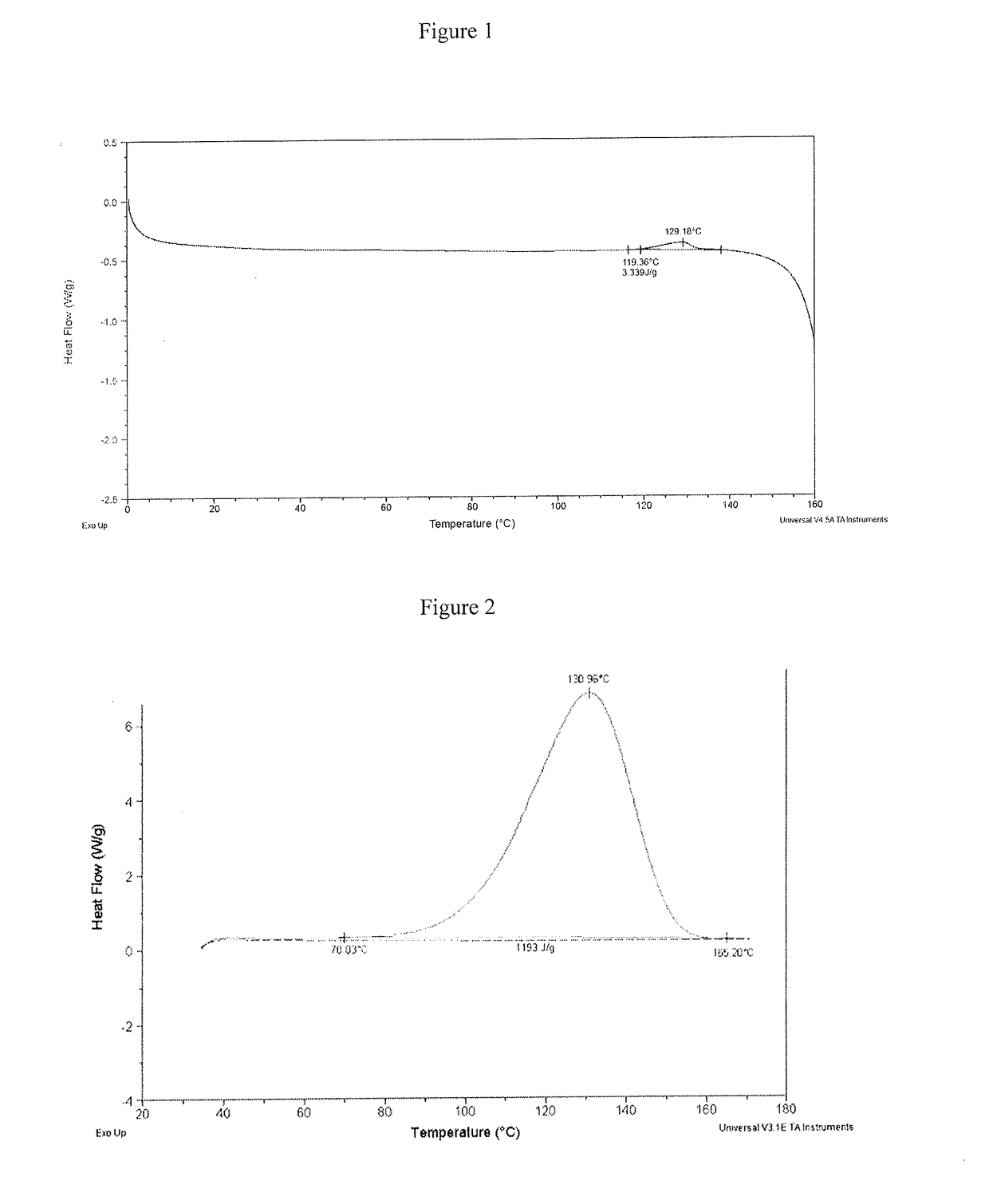Process for Making Ethylene-Based Polymers Using Hydrocarbon Initiators
a technology of initiators and ethylene, which is applied in the field of making ethylene-based polymers using initiators, can solve the problems of difficult storage and transportation of ethylene-based peroxides, less suitable for high voltage, and about 65 kv,
- Summary
- Abstract
- Description
- Claims
- Application Information
AI Technical Summary
Benefits of technology
Problems solved by technology
Method used
Image
Examples
examples
[0150
Production of Polyethylene (Small Reactor)
[0151]A 100 milliliter (ml) high pressure reactor is filled with ethylene to a pressure of 1500 bar. Ethylene is continuously flowed through the reactor at a rate of 69.78 moles per hour (mol / h). Heptane is also added to the reactor to control the molecular weight. The reactor is heated by an external jacket to 240° C. and initiator 3,4-diethyl-3,4-diphenyl hexane or di-tert-butyl peroxide is added at a flow rate of 0.088 millimoles per hour (mmol / h) to initiate polymerization. In the case of the inventive examples the initiator concentration in this case is 0.013 g initiator per kg ethylene. Polymer is collected from the outlet of the reactor to determine conversion. The polymerization is performed with:[0152](1) 0.4 mole percent (mol %) of t-butanol and acetone added to the ethylene to mimic peroxide decomposition products in the ethylene recycle stream of a commercial reactor and using di-tert-butyl peroxide as the initiator; (CE 4)[...
PUM
| Property | Measurement | Unit |
|---|---|---|
| temperature | aaaaa | aaaaa |
| decomposition temperature | aaaaa | aaaaa |
| decomposition temperature | aaaaa | aaaaa |
Abstract
Description
Claims
Application Information
 Login to View More
Login to View More - R&D
- Intellectual Property
- Life Sciences
- Materials
- Tech Scout
- Unparalleled Data Quality
- Higher Quality Content
- 60% Fewer Hallucinations
Browse by: Latest US Patents, China's latest patents, Technical Efficacy Thesaurus, Application Domain, Technology Topic, Popular Technical Reports.
© 2025 PatSnap. All rights reserved.Legal|Privacy policy|Modern Slavery Act Transparency Statement|Sitemap|About US| Contact US: help@patsnap.com



